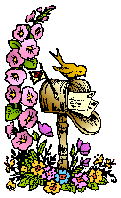Today, I’d like to welcome back Eric D. Goodman to the blog. He’s written so many unique books from stories linked together in Tracks to his latest novel, Wrecks and Ruins. Before we get to his generous guest post, let’s check out his newest title.
About the book:
Some would say that it is one of the jobs of a writer or a poet: to find inspiration in unlikely places. In some ways, that’s what I tried to do with my most recent novel, Wrecks and Ruins, which compares romance with an annoying horde of insects.
More specifically, the book compares stages of romantic love to the cycle of 17-year cicadas: short moments that buzz with excitement followed by years of routine monotony.
The main character who struggles with this perspective also has a knack for finding beauty in the most unusual of places. He is fascinated with the remains of automobile accidents and abandoned or destroyed buildings. He visits such sites to take photographs, sometimes even pocketing pieces of the wrecks and ruins—a twisted hood ornament or charred scrap of burnt metal from an exploded furnace—to add to his own little collection of damaged goods. He sees the stories and the histories contained within these remains, and he clings to them.
Of course, the main character soon comes to see the correlation between his collection of broken things and his collection of broken relationships. He finds value and beauty in each. And, as good characters should do, he learns, grows, makes mistakes, and learns some more.
The imperfect characters that populate this short novel are people I’ve met before, so to speak. This book is an unexpected follow up to a short story I wrote shortly after the cicadas emerged in 2004. New to the Baltimore-DC area at the time, it was my first experience with such a phenomenon, and I just had to feature the cicada experience in my fiction. The fact that a couple of friends had recently married gave me this inspiration to write “Cicadas,” which was published in Old Lines from the New Line State: An Anthology of Maryland Writers, and featured in abridged form on Baltimore’s NPR station, WYPR.
Fast forward to 2017: I wanted to write a story that was sort of an anti-love story that corrected itself. I was thinking of it as sort of a literary rom-com about an older couple who still loved each other but were not in love, and who giddily planned a divorce the same way younger couples in love may plan a wedding.
I thought back to some characters I’ve used before to see if any would fit as side characters to make an appearance. I realized that Stuart, from “Cicadas,” would fit perfectly as the main character of this new book.
Beyond that, I came to realize that not only would Stuart and his friends be the right age for these characters at this time—but the cicada horde was about to emerge again in 2021. It all came together.
It can be strange and unexpected, where inspiration comes from, whether writing a
novel, a story, a poem, or a song. Sometimes writers find inspiration in the most unlikelyof places. Like a character finding beauty in a twisted hood ornament, or a writer finding inspiration in a seething swarm of insects. The most unlikely of inspirations can bring forth things of beauty.
Have you found inspiration in unusual, unexpected, or unlikely places?
Thanks, Eric, for sharing your journey into unusual places to find the beauty and the story.
About the Author:
Eric D. Goodman is the author of six books, his latest being Wrecks and Ruins (Loyola University’s Apprentice House Press, 2021), set in Baltimore. Eric lives and writes in Maryland, where he lives with his wife of 28 years and two taller-than-him children. Learn more about Eric and his writing at www.EricDGoodman.com


 About the Author:
About the Author:


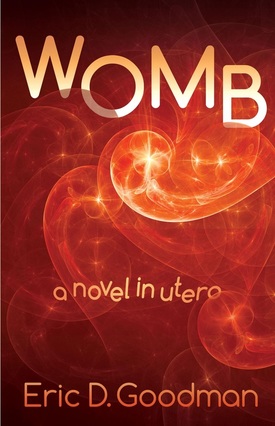


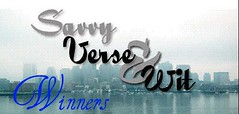
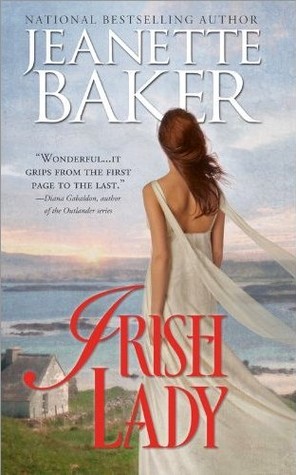


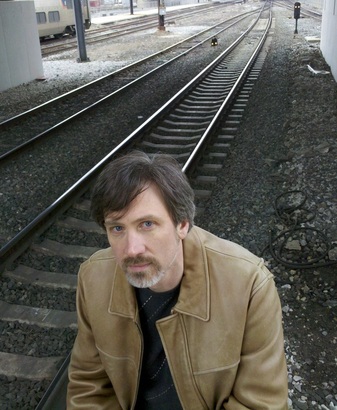 About the Author:
About the Author:
